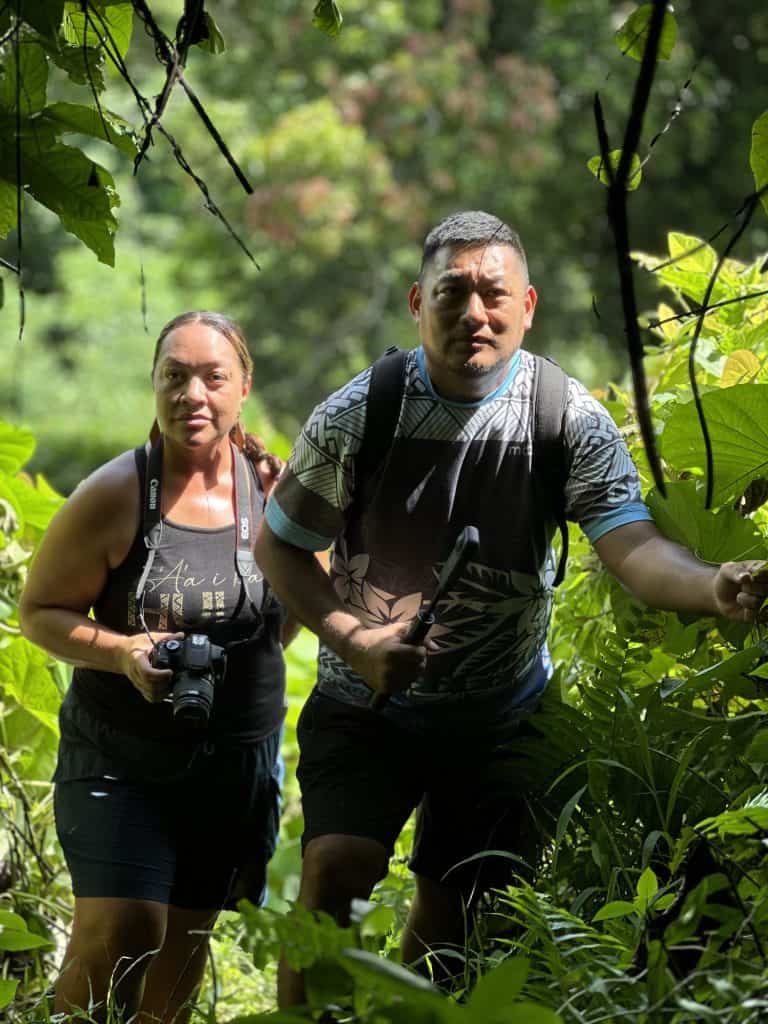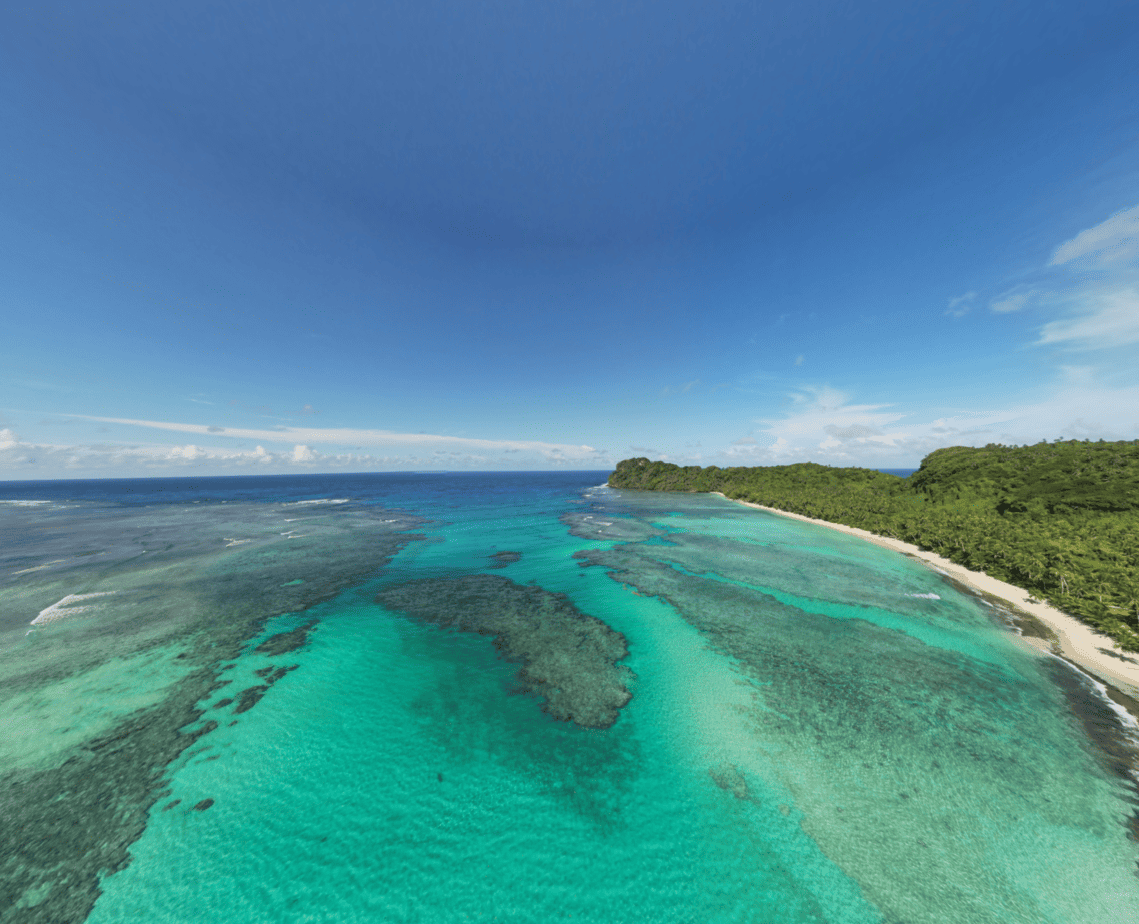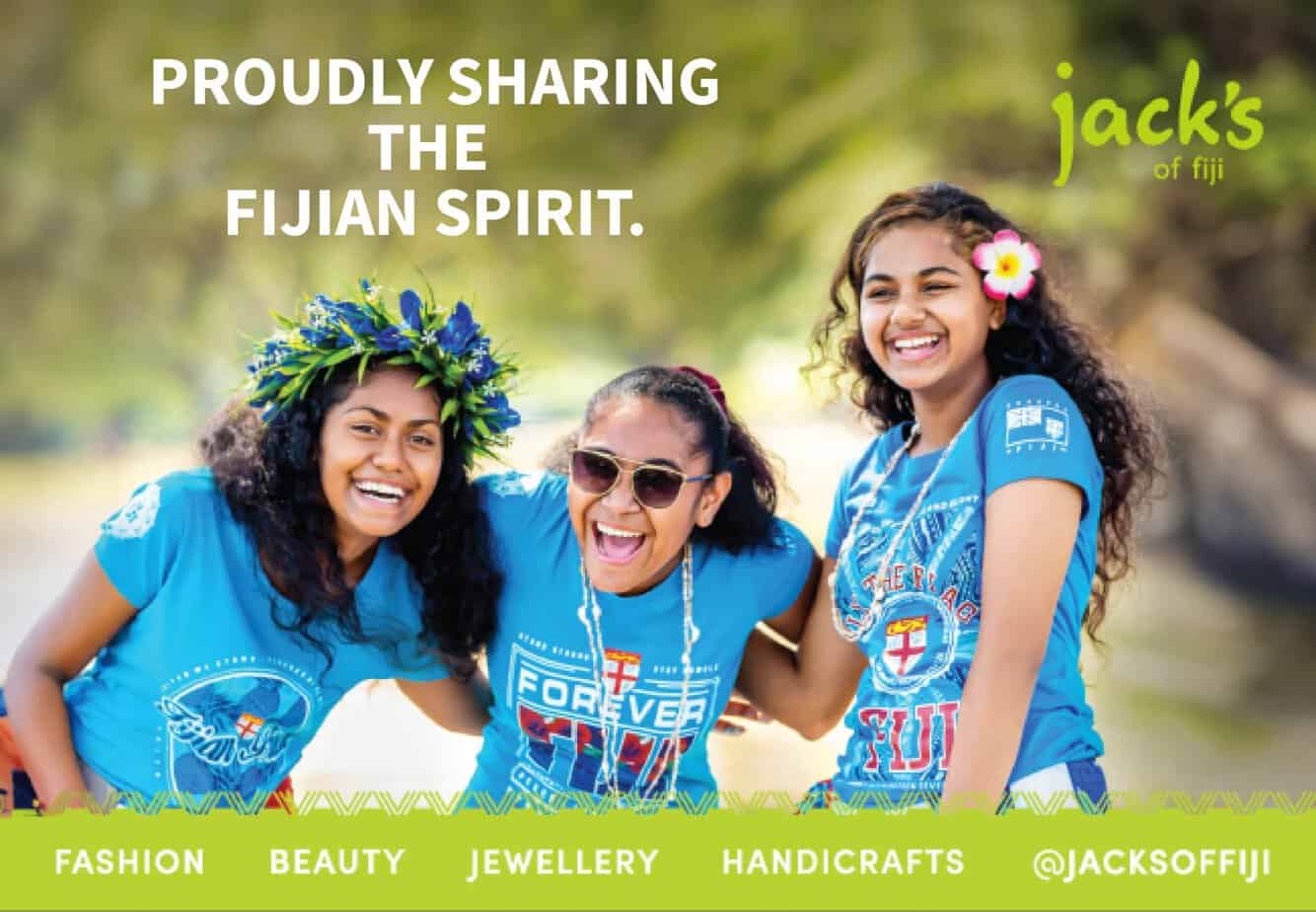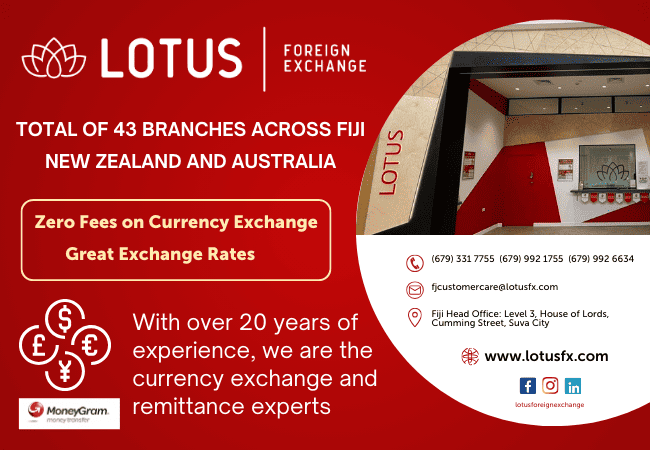A passion project taking the Rotuman diaspora by storm
By Donna Hoerder
What started as a passion project for two cousins is creating a flurry of interest for many other Rotumans. Especially the Rotuman diaspora who can relate to the challenges and expense of visiting Rotuma, an island 400 miles northwest of the capital Suva, in Fiji.
On a mission to visit their motherland for the first time, Jonathan Fong and Kathy Weber-Bates set out to Rotuma a year and a half ago. That visit turned into the start of the ‘Rotuma Project’ – a 360-degree virtual platform using photography, videography and interactive sessions to take users on a tour of the island.
The platform is aimed at preserving and sharing the history, culture and traditions of Rotumans.
“We hope that the project becomes a resource for all Rotumans around the world; an interactive archive of stories, information and research embedded into a visual tour of Rotuma,” says co-founder, Jonathan Fong.
“For over 25 years I have wanted to visit Rotuma. I always told my wife that if ever I get to go to the island, that I would take as many photos as possible to create an archive to share with those like me who have always wanted to visit but were restricted due to old age, sickness, disability or for the very fact that it was too expensive to make the trip.”

For his cousin, Kathy Weber-Bates, living in Montana and the loss of her mother to cancer made her first visit even more special. Fong says: “Her mum always shared songs and stories of growing up in Rotuma and when she passed away from cancer that pull became even more important for her.”
Project Rotuma may sound like just another virtual platform but its use and importance becomes very clear when Jonathan presents it and makes the connection to the history, culture and most importantly, the language, which is now endangered according to Fiji National University Head of Ethic and Governance, Makereta Mua.
Mua says: “This interest in Rotuma could help generate funding for island projects and could help revive the much- endangered Rotuman language. The app for language lessons that the Rotuma Project will embark on is a great way to revive the Rotuman language. The virtual tour of the sea, coconut trees, boats, beaches with the Rotuman names for sea, coconut trees, beaches, boats etc. is a sure way of encouraging much interest in Rotuma Island and the Rotuman language.
“It is sure to attract thousands of Rotumans and non-Rotumans to these sites. One of the greatest benefits of the Rotuma Project is that it is a vital platform for creating a renewed interest in the Rotuma Language and cultural heritage sites.
“I also like the idea that Jonathan Fong is happy to use his virtual platform to promote the work of other Rotumans by pegging a house in any one of the villages in Rotuma so that people all over the world may know more about the work of those [who have come from that home]. For example, playwright, film director and University of Hawaii academic, Professor Vilsoni Hereniko has given Jonathan Fong permission to virtually peg his house in Hapmak. This will allow anyone interested in learning more about Professor Hereniko’s work [by clicking on the link embedded in the platform].”
Adding to Mua’s sentiments, Rotuma Council Financial Officer, Rave Tiuhea says: “It will be the first of its kind for Rotuma and her people. One of the interesting things for us, is him accessing places that even I, myself haven’t been [to] and I have been living in Rotuma for over 30 years. Just like me, there are other Rotumans that have never been, and these places are hard to get to but with the technology that is here now, we are able to access these places from the comfort of our homes, we can view all of these things.”
The project has three goals:
● An interactive learning tool for inhabitants and descendants.
● Sustainable Virtual Tour to preserve knowledge and images of historical cultural sites. It can also be used to document the impact of climate change.
● Empowering Rotuman voices, through facilitating the use of digital technology to create content, particularly from young people to document stories themselves.
Funding for the project has mainly come from their savings and small grants from the Pacific Community (SPC) through the ACP-EU Culture Grant, Vodafone Fiji ATH Foundation and the Pacifica Arts Centre.
Fong says: “Through SPC [I was able to] cover expenses for a few of my trips, helped purchase some equipment and also took me through capacity building sessions. In October [last year], I reached out to the Vodafone Fiji ATH Foundation to help support our Mobile Filmmaking workshop for the students of Rotuma High School and also launch our project in Rotuma. Together with the SPC’s remaining funding and the funds from the Vodafone Fiji ATH Foundation, I managed to travel to the island to run the workshop, launch the project and present to a few of the villages, including the Rotuma Island Council. We were supported by the Pacifica Arts Centre to present to the NZ Rotuman community which is where we are now.”
As with most projects, there are challenges and these come in the form of finance, time and commitment.
“A major challenge for us has been finance, since this is a passion project, we are continually trying to figure out ways to cover expenses for the many trips that we have had to make. I hope to be able to do similar work but commercially for other Pacific Islands, and hopefully that will be able to cover costs for this passion project,” says Fong.
“Also, we are both sole traders/freelancers so each trip that I’m away on the island means time that I’m not earning back home. Each trip to Rotuma I’m usually away for two weeks. Over the past year and a half, I have been to Rotuma nine times which is almost four months of being away from home.”
Tiuhea says she can see the sacrifices Fong and Weber-Bates have made to get this project off the ground.
“They are sacrificing their personal time and funds. Just this year alone I have seen Jonathan come over five times. I’m guessing they have an 8-5 job as well and families, so having to leave their families. Also, just like any place before you try to gather information you have to establish relationships with people first. Get their trust and support as well. So, there is a lot of groundwork that you will have to do first – traditional protocols, seeking permissions from chiefs and landowners. It’s not just coming to the island and jumping straight into it and flying of the drones. At times there are unfavourable weather conditions to access these places. Financial restraints as well.”
She adds: “The thing that stood out for me is that those who have been away from Rotuma for a long time and those who have never been to Rotuma, this is an opportunity for them to actually see the island for themselves, and learn about the history and culture of the island through written articles and music that our elders have composed about a particular spot or area of significance. All these things you can access from viewing a particular spot but a lot of work to collect this information still needs to be done. There’s a wealth of information that you can get from this and I’m thankful that despite their busy work schedule they are now making this dream a reality for us and them.”
“I feel, through my interactions with Jonathan Fong and his presentations, that the Rotuma Project has taken a life of its own. It is something far bigger than a project. It is a journey and life-long commitment,” says Mua.
Moving forward, Fong says: “We look forward to collaborating with other artists, knowledge holders and the community to grow the platform even further. We realise that our knowledge is limited and we hope that by working together, we can all contribute to preserve, document and learn from each other for the sake of the next generation.”



